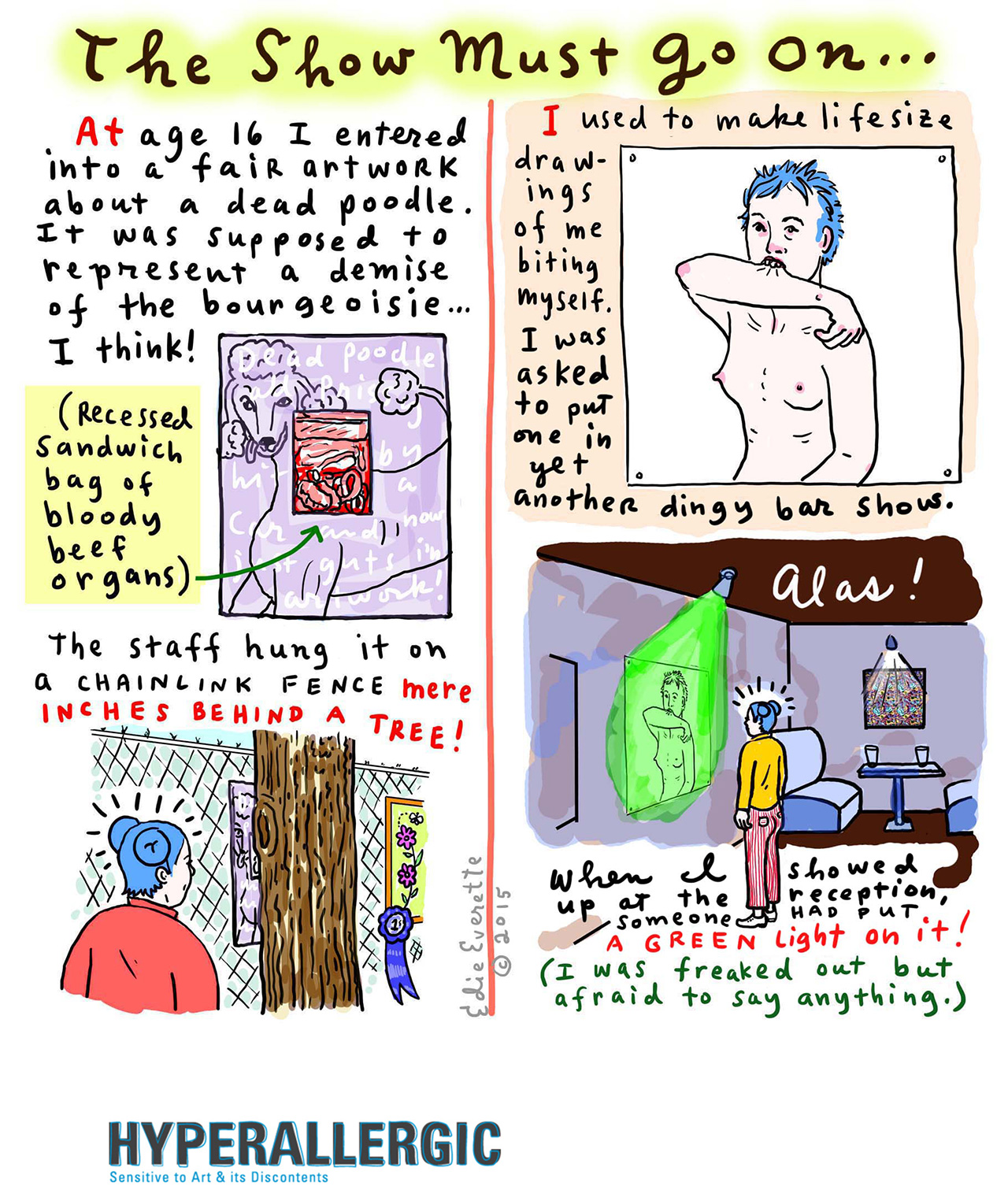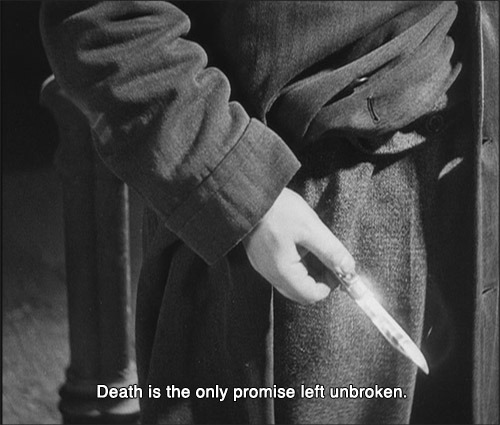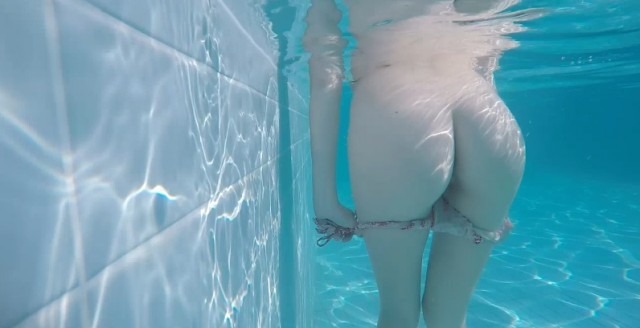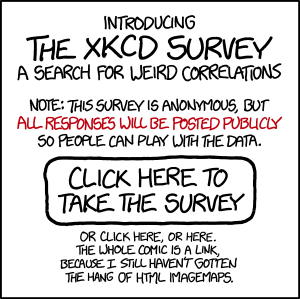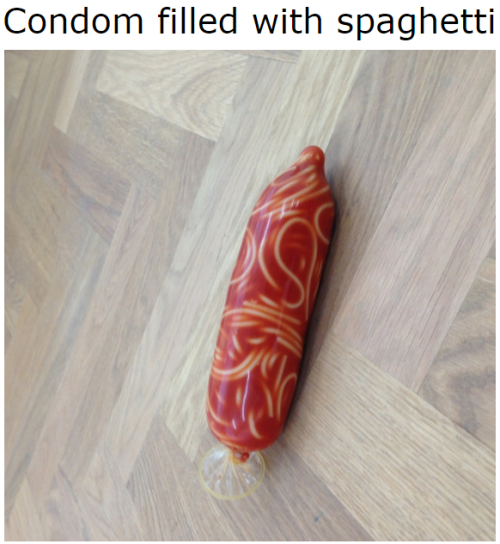I’m not a creep.
At least, I don’t think so.
But sometimes I’ll catch a glimpse of a stranger looking back at me through a shop window, and think ‘what a creep’; only to find that it’s my reflection I’m looking at… Maybe George Orwell was right when he said “At 50, everyone has the face he deserves.”
Sometimes I’ll notice a question in a woman’s eyes as she realises I have neither girlfriend nor wife.
Sometimes there’s a flicker of alarm when a mother notices that I maybe looked at her little daughter that fraction of a second too long, that the ‘pull-away’ of my gaze was a trifle too lingering.
It’s the women who seem to notice, the women to whom it maybe matters most. It’s also something that some girls learn to identify young:
Lia’s Creepercut
Published on 18 Aug 2013
“A fun collection of Lia of The Fine Bros’ “Kids React” and “Teens React” fame, talking about Creepers.”
Is it that sometimes women notice whatever it is which lies below, subtly distorting the mask of appearances to its own shape..?
There. That last image is creepy. I’m being a creep.
Most value-laden words have both positive and negative equivalents, which allow us to free our thinking from a single evaluation of whatever is being described: ‘courageous’ or ‘reckless’? ‘freedom-fighter’ or ‘terrorist’? ‘pig-headed’ or ‘firm’?
But there is no positive equivalent for ‘creep’.
‘Creep’ is a horrible word. It’s the verbal equivalent of depression: it undermines everything you’ve ever valued in yourself, every quality, every love and every achievement.
And if I’m writing about it here it’s because it’s the word invariably applied to paedophiles. I also fear that it is an identity we sometimes can’t help but recognise in ourselves, an identity that, despite ourselves, we sometimes assume.
The dancer and choreographer Paul Christiano, whom persecution drove to suicide this July, created a piece set to Scala & Kolacny Brothers’ cover of Radiohead’s “Creep”. An extract of this dance, called “What r u Wearing?”, can be seen in the following video, starting at 24:30 (though the whole video is very much worth watching as Christiano speaks very intelligently about his struggle, and the dancing is a revelation).
Unspeakable
Published on 7 Mar 2013
a film by Christopher Perricelli and Paul Christiano
Produced by Christopher Perricelli
We hear Christiano say in the voice-over:
“The song ‘Creep’ by Radiohead has been my personal anthem since my junior year of high school.”
What is it to accept such an identity so young? Maybe it is, to some extent very likely that a paedophile will do so, since our culture offers the paedophile no other persona or role model. What happens when such a person is an artist?
Art is about communication, and, at it’s best, it’s about communicating those things that are difficult, or impossible, to communicate through rational statements. I suspect that Art has a great deal to teach us on this question, as I hope what follows will demonstrate (I use the word ‘Art’, and its derivations, in a broad sense which could include painting, dance, architecture, music, photography, poetry and literature &c).
As a paedophile who was also an artist one might expect Christiano’s work to be awash with references and representations of the objects of his desires – in his case little girls. However as far as I can tell, little girls do not feature in his work.
There are artists, whether paedophile or not, who’ve engaged directly with child sexuality and with the love that can exist between an adult and a child: photographers such as David Hamilton and Jock Sturges, painters Graham Ovenden and Balthus, the poet Ernest Dowson, novelists Vladimir Nabokov and Richard Hughes.
But what interests me here is something different: if I were to write of ‘Paedophile Art’ I’m not referring to something defined by its subject matter but by something more subtle, more elusive. After all it is simply not in the nature of paedophiles living in the West today to too openly display their desires or the objects of their desires.
All artists create within an Existential Space. We’ve all got one – it is made up of those things that are so persistent and in-grained in our relationship with reality that we no longer notice them: things which determine how we look at life, how we understand ourselves, how we relate to others, how we think, how we fit in to the reality we find ourselves in. They are ‘the ground and gravity’ of our lives. Some people have Existential Spaces that seem to correspond closely to the society they find themselves in, others don’t.
This existential space gives an artist’s work its ‘tone’, or, to take a musical analogy, its ‘key’. And what can unify an artist’s work over a life-time’s production is that they, despite changes of technique, style and subject matter, all explore aspects of the same existential space.
I would also suggest that no-one becomes an artist because their existential space is easy, untroubled and un-troubling: uncomplicated people might ‘do’ art, but they don’t become ‘artists’. Artists are invariably trying to work something out – trying to understand the disparities between their existential space and the reality they have to inhabit.
A good example of a distinct existential space is to be found in the work of Francis Bacon, someone who, as a sadomasochistic homosexual, born in Ireland in 1909, had a great deal to be secretive about. He consistently explores the same existential space, a space where identity and humanity are in a constant state of decay, fear and crisis, a space in which we see violence done to the integrity of the human form:

This is maybe what Lucien Freud, Bacon’s friend and colleague, meant when he said “Everything is autobiographical and everything is a portrait, even if it’s a chair”: that what Art shows us is someone reporting back the discoveries made in their explorations of their ‘existential space’. A good artist is one who manages to communicate this as effectively and truthfully as possible.
I could fall under the broad category of ‘artist’. I’ve long been puzzled by my own work. When it succeeds there is an intensity about it. It can be creepy, without there being anything actually creepy in it. Indeed I seek out that creepiness when I am creating, focusing on it and trying to intensify it (though I always seek to counterbalance it through developing the work’s aesthetic qualities too).
I’ve long wondered why this was. My own work makes little reference to children, so I’ve long looked for the source of this ‘creepiness’ elsewhere than in my attraction to children.
Then only a few months ago, after several decades of being a creative practitioner, walking home from town, I was halted in mid-step when the word ‘Stigma’ surfaced into my consciousness and I realised that this was what had defined the existential space my art explores.
I was shocked by this.
I thought that I’d escaped stigma: I discovered my paedophilia in the best circumstances one could hope for, supported by loyal friends who used it as a pretext for teasing and banter rather than persecution. Afterwards there was, yes, a bumpy first year at university, during which I learnt that I couldn’t have the same relaxed, open attitude with my fellow students as I had had with my home friends. But I’ve never been accused, confronted, found out, prosecuted or victimised.
Being a paedophile has largely been a joy for me. It has given me periods in my life when I have unashamedly (but chastely) shared love with some wonderful, beautiful child, and where my love and desires were as a fuel energising me in my work, creativity and thinking.
Even the many sorrows and heart-breaks and regrets were ones that came from loving too much rather from any overt persecution or stigma (but of course, the fact that I was obliged to keep ‘platonic’ those friendships which seemed to be wanting to progress into closer intimacy and beyond the boundaries of the Law is itself a form of stigmatisation and persecution: the refusal of love leaves its proper scars).
But this revelation that my existential space is significantly defined by stigma seemed retrospectively so self-evident; Stigma undoubtedly infects our lives in subtle ways as well as the more spectacular and visible ones.
But at least ours is a stigma which we can hide from others, even when we ourselves are in plain view.
What about those who can’t hide the source of stigma – those who suffer conditions which leave them physically deformed, the albino Africans who are taken to be ‘witches’, or those who visibly suffer from mental illnesses, or who belong to a stigmatised race?
I think that this brings us to another aspect of ‘creepiness’ – it’s inextricably linked to the sense that something is being hidden: the sight of someone with a terribly deformed face is disturbing, but the sight of someone walking round with a hessian bag over their head with eye holes cut out is ‘creepy’. We know something is not right but we don’t know exactly what. We, as spectators, are suspended between fear and curiosity.
The British composer, Benjamin Britten (1913-76) was a homosexual ephebophile. His music is preoccupied with good and evil, how lonely people act under pressure, and the outsider.
I suggest that Britten was an artist who felt a compunction to communicate and incorporate into his work something which Society considered unsayable, unthinkable, unhearable.
Listen to the opening of the first movement of his second string quartet:
Britten String Quartet No. 2 in C, Op 36 – 1. Allegro calmo senza rigore
Uploaded on 6 May 2011
“The Maggini Quartet performing Benjamin Britten’s String Quartet No. 2 in C.
1. Allegro calmo senza rigore”
The tempo marking of this movement is ‘fast but calm and without rigour’ – and indeed the opening is ‘calm’ and free of rigour. The harmony is diatonic: the opening chord gives us the skeleton of C major, the simplest key, the key children play their first beginnners pieces in. The melody has something of the meandering feel of plainsong, is sweet, almost too sweet. The melody teases us with a minor 6th and then a minor 3rd – we’re no longer sure if we’re in sunny C major or the more troubled, furrowed-browed C minor.
All in all the effect of the introduction to this movement (0:00 – 1:00) is of at the same time being beckoned closer by something incredibly sweet, yet at the same time being made to sense that there’s something not quite right lying not far below the surface.
This is creepy music par excellence: listen to what is going on at 1:42 – Britten here has taken off the hessian bag.
And Britten does this throughout his music – there is a sweet, accessible, seductive side which is constantly undercut by some ghostly, eerie, uneasy presence. Sweetness and accessibility was something which interested few composers at the time this quartet was written (1945) – this was a time when diatonic harmony was viewed with suspicion, as having been ‘played out’, as no longer relevant to a world that was coming to terms with the Second World War and the Shoah.
But Britten, like a caricature stranger hanging round the playground with his bag of sweets, used this sweetness to lure us in closer so we could feel more intensely the troubling thing which counterbalances this sweetness: his stigma.
.
.
Imagine you’re watching the dissection of a cadaver, the body belonging to someone who was perfectly healthy and who was murdered or maybe died in an accident.
As the prosector cuts open up the body cavity and displays the various organs you are both fascinated and disgusted at what you are seeing.
You’re not seeing something ‘wrong’, ‘unnatural’ or ‘diseased’: after all, all vertebrates have a liver, a spleen and a digestive tract. And every time you put a hand against your chest or abdomen your fingers are only a few centimeters away from these very organs.
Nor is it about ‘healthy’ or ‘unhealthy’ since the disgust experienced at the sight of a healthy spleen is, as far as the lay-man is concerned, little different to the disgust we feel at a diseased one.
No, it seems that there are things which we are not meant to see, things that we are not meant to know about or feel.
Evolution has worked out that eviscerated members of your own species (and, to a lesser extent, other species) generally spell danger and given us an appropriate response.
But if you are to understand the human body you will learn more from watching one dissection than from reading countless anatomy books. And understanding how your body works is, I would suggest, an indisputably good thing.
Likewise some Art (I would suggest the most interesting Art) shows us that which we are not meant to see. Such Art makes us feel uneasy, or even disturbs us, because it is telling us truths that we would not otherwise be able to face.
To be continued….








